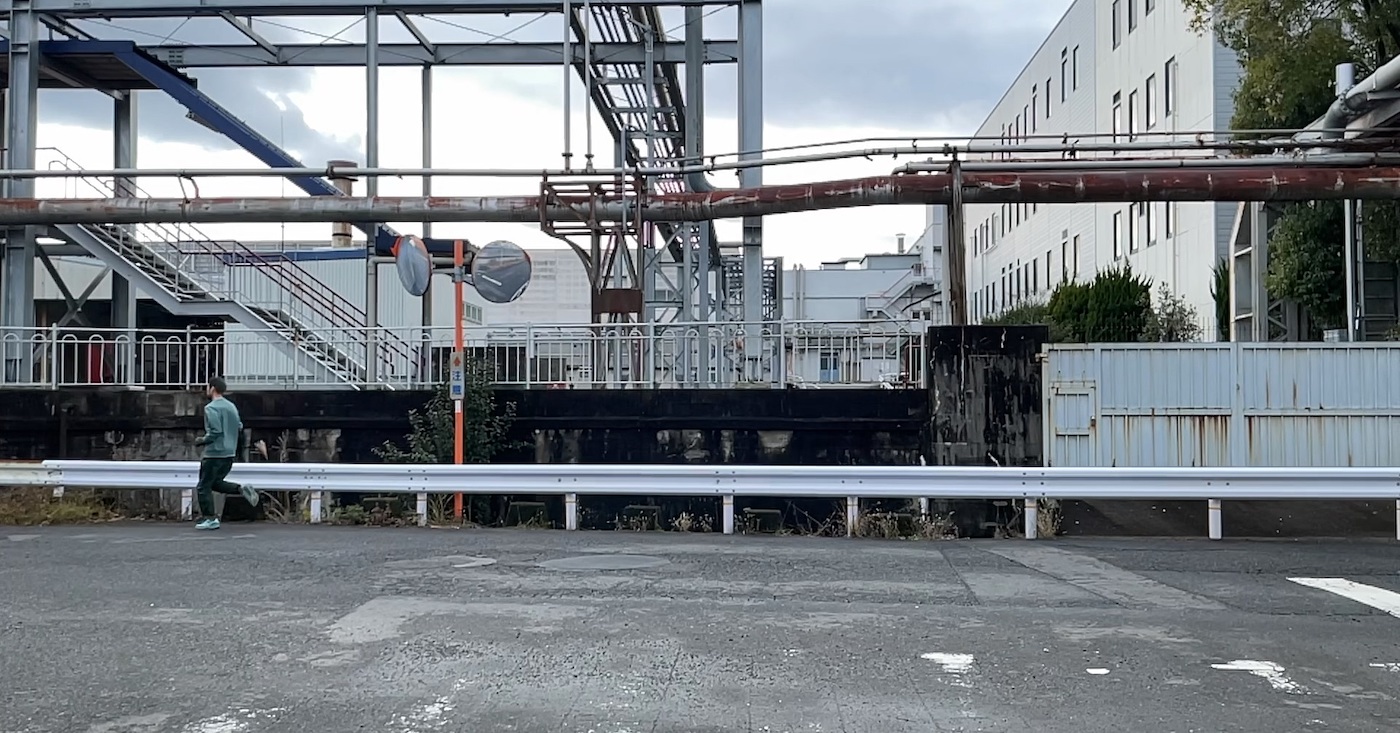
2023 ACC CONTEXT Walking, Wandering
Gemini Kim

〈Invisible Factory Run Project- Rayon Plant Run〉, 2023.
Archive, single-channel video, color, sound, dimensions variable, 12min. 30sec.
Commissioned by Asia Culture Center. Courtesy of the artist.
Gemini Kim runs, tracking the traces left by factories. Running, which was originally a primitive activity for survival, like hunting, is now a healthy human activity or hobby. In Invisible Factory Run Project- Rayon Plant Run, the artist follows the traces of the factories that “travel” across the borders of Korea, China, and Japan, and examines the birth and expansion of modern cities and consumer society today around the movement of industrial zones. Rayon is a type of fiber used for a variety of purposes, including suit lining, women’s clothing, pyjamas and bedding. In East Asia, rayon began to be produced in the early 20th century in Toray, Japan. Production facilities were brought into Korea in 1964, and rayon began to be produced in Namyangju region, Korea. The factory was sold to a chemical textile corporation in China in 1993, and disappeared in the early 2000s. The sites of rayon production, which cause carbon disulfide poisoning, have gradually moved to the outskirts of cities, and apartment complexes painted in very fresh green colors have been built on the former sites. Has rayon, however, really disappeared too? Rayon products come in different names such as viscose, artificial silk, and modal, and are delivered to consumers with eco-friendly labels. The artist, wearing “green fashion” in rayon, runs along the movement of the factory that has wiped out all traces of labor and disease, and demonstrates an attitude of ambivalence as an urban resident and a consumer. The sound of gasping for air celebrates the urban “victory,” penetrating the disparate aspects of “running” as a primitive act of survival and a “hip” hobby, as well as strangling labor and consumerism filled with intoxicating “high.”
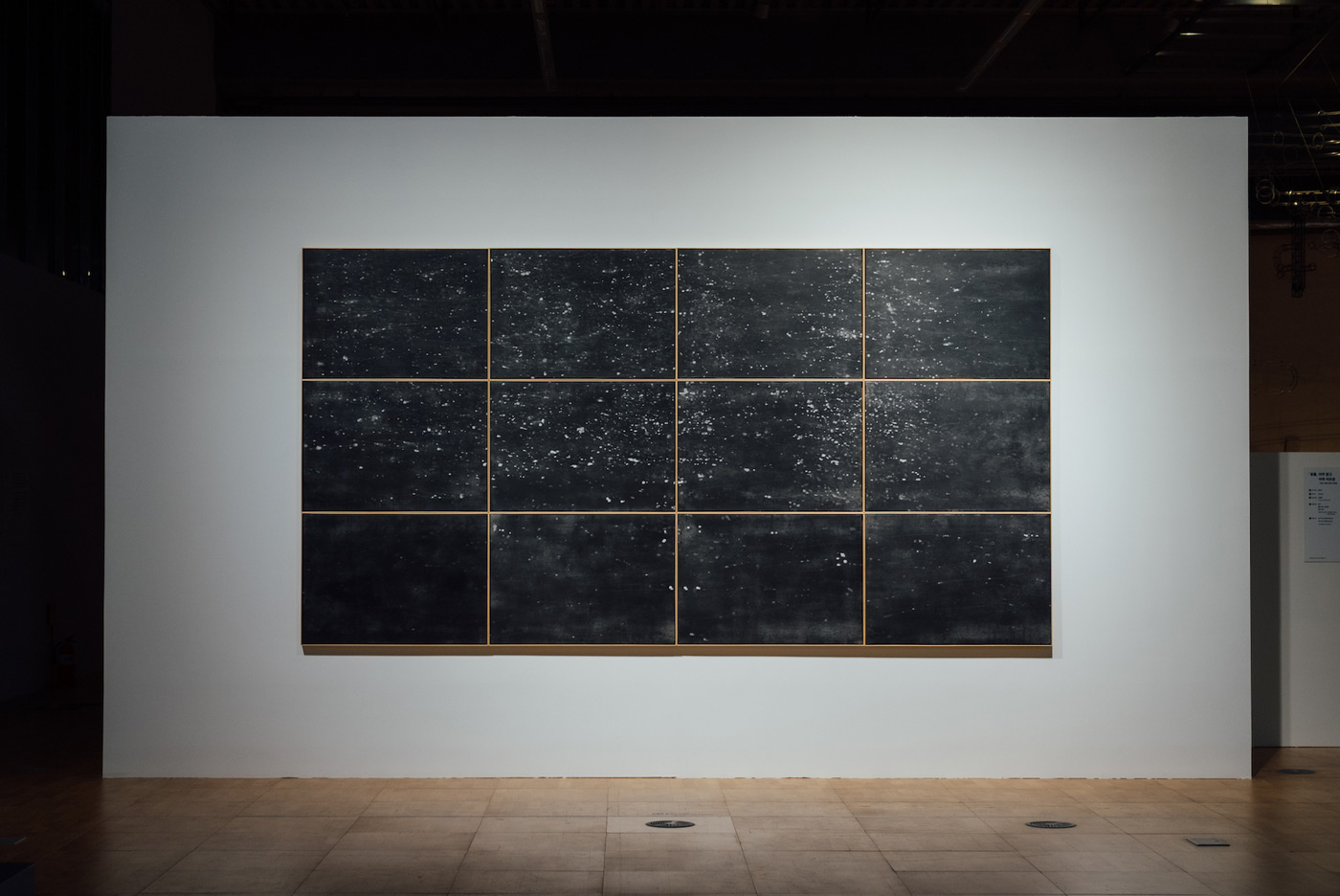
Dongju Kang
〈Fluctuations, Brightness in the Darkness〉, 2023.
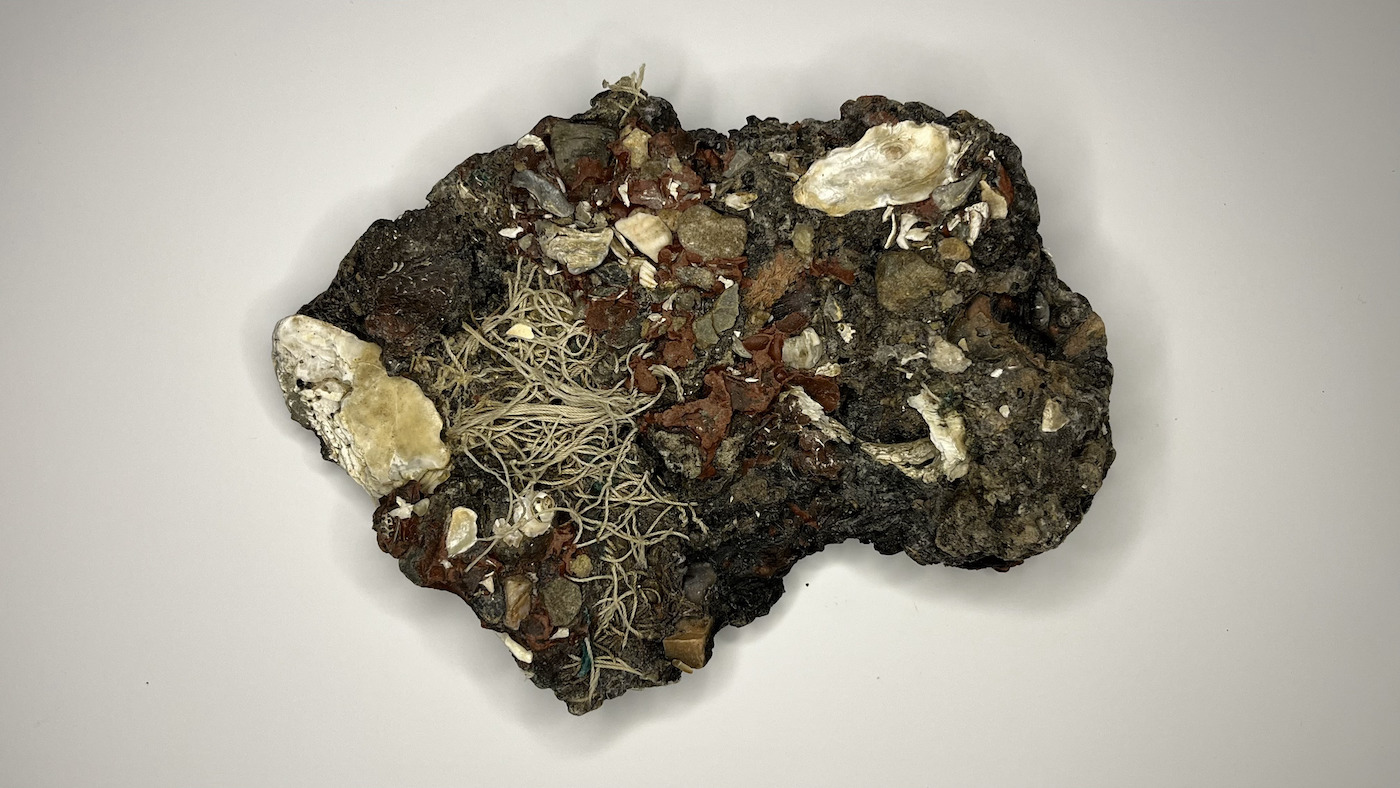
Bangjoo Kim
〈Belong to No One Else: Dropped by A Crow 〉, 2023.

Gemini Kim
〈Invisible Factory Run Project- Rayon Plant Run〉, 2023.

Leung Chi Wo + Sara Wong
〈Young Girl Bending Her Arms〉, 2014.
〈Man With A Hat In A Long Gown〉, 2014.
〈Office Lady With A Red Umbrella〉, 2010.
〈Kid Running With A Chair〉, 2014.
〈Man in Suit Rubbing the Back of His Neck〉, 2018.
〈Japanese Housewife Scratching Her Back〉, 2010.
〈The Woman Carrying Rubber Basin On Her Head 〉, 2023.

Regina José Galindo
〈Who Can Erase the Traces? (¿Quién puede borrar las huellas?)〉, 2003.
〈Rivers of People (Ríos de Gente)〉, 2021-2022.
〈The Earth Does Not Hide The Death (La Tierra No Esconde Los Muertos)〉, 2023.
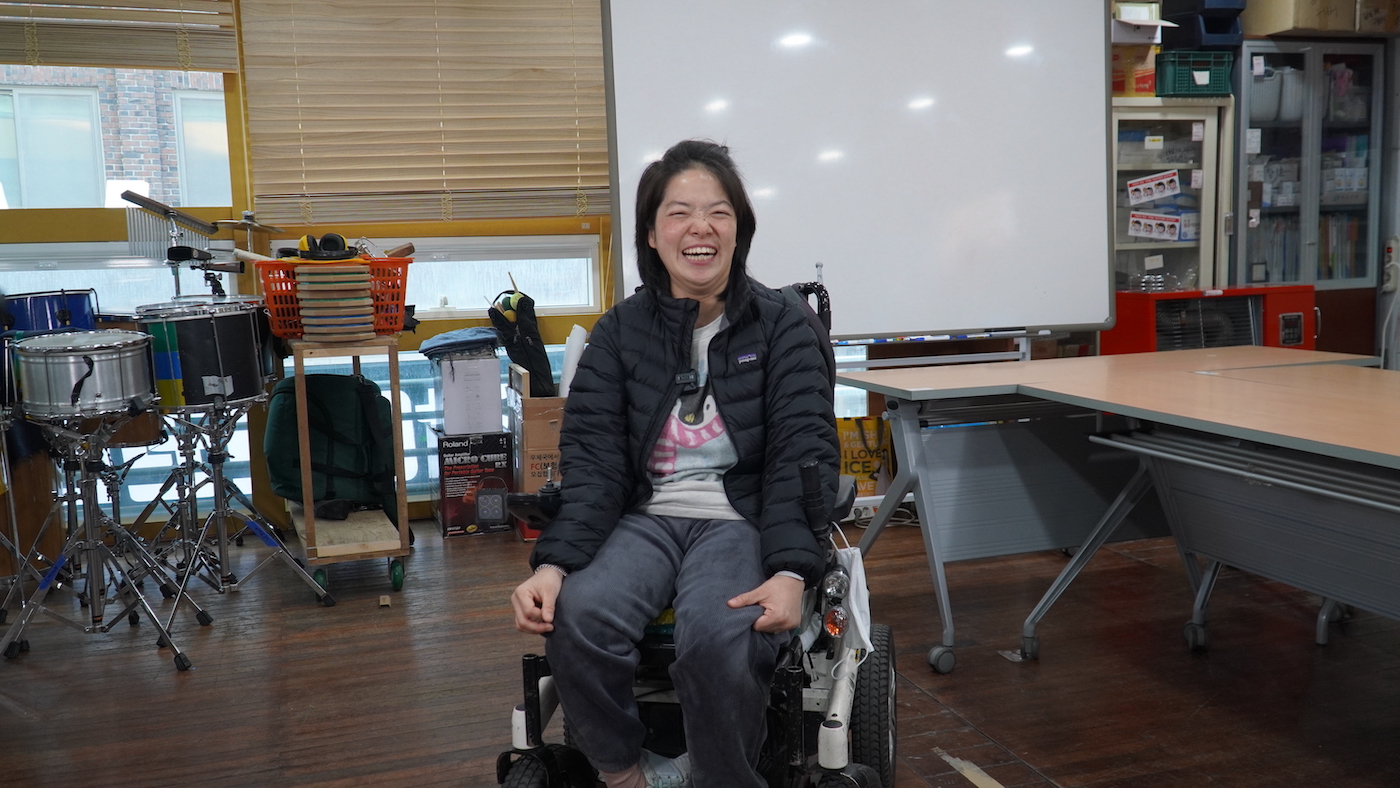
Listen to the City
〈Texture of Street〉, 2023.
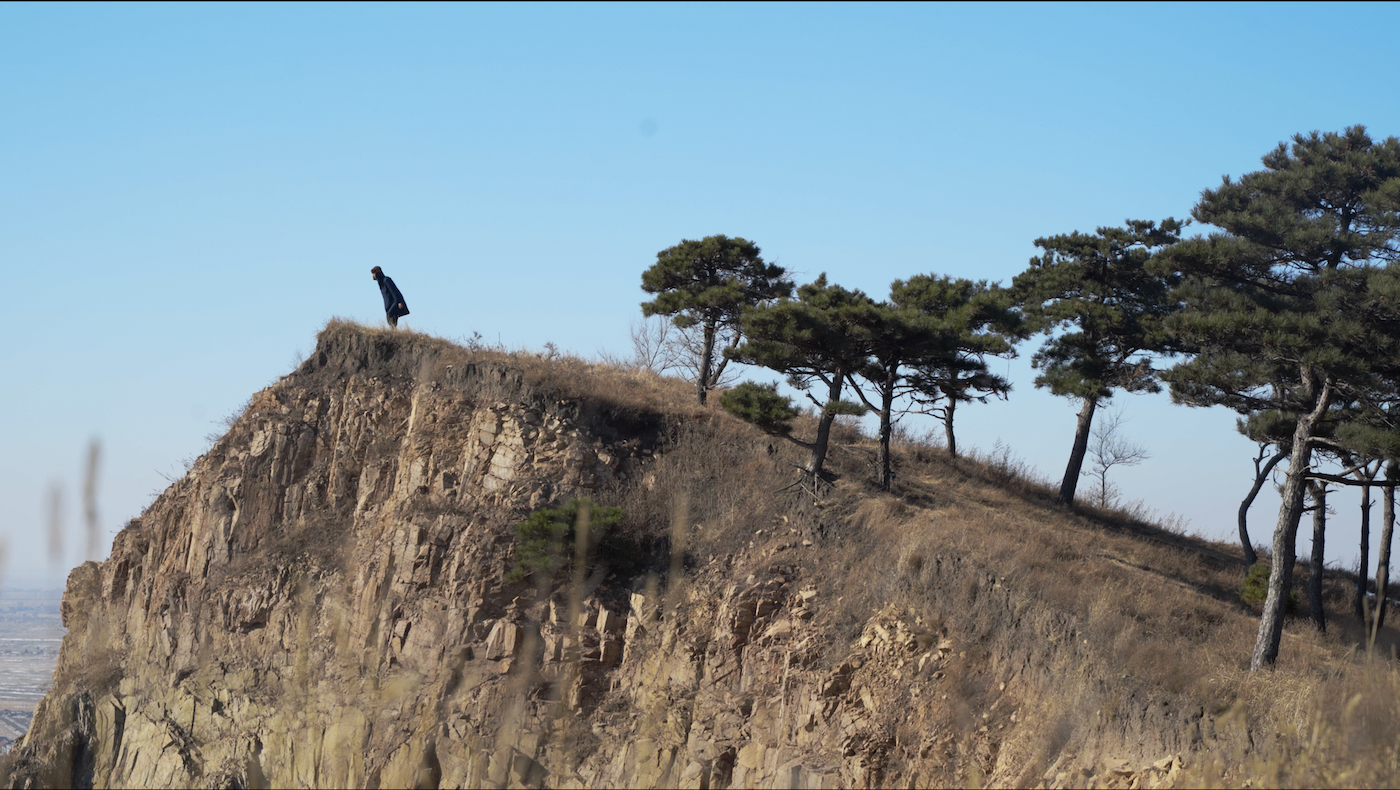
Lee Kai Chung
〈The Shadow Lands Yonder (虛無鄉遠)〉, 2022.
〈As Below, So Above (地上地下)〉, 2023.
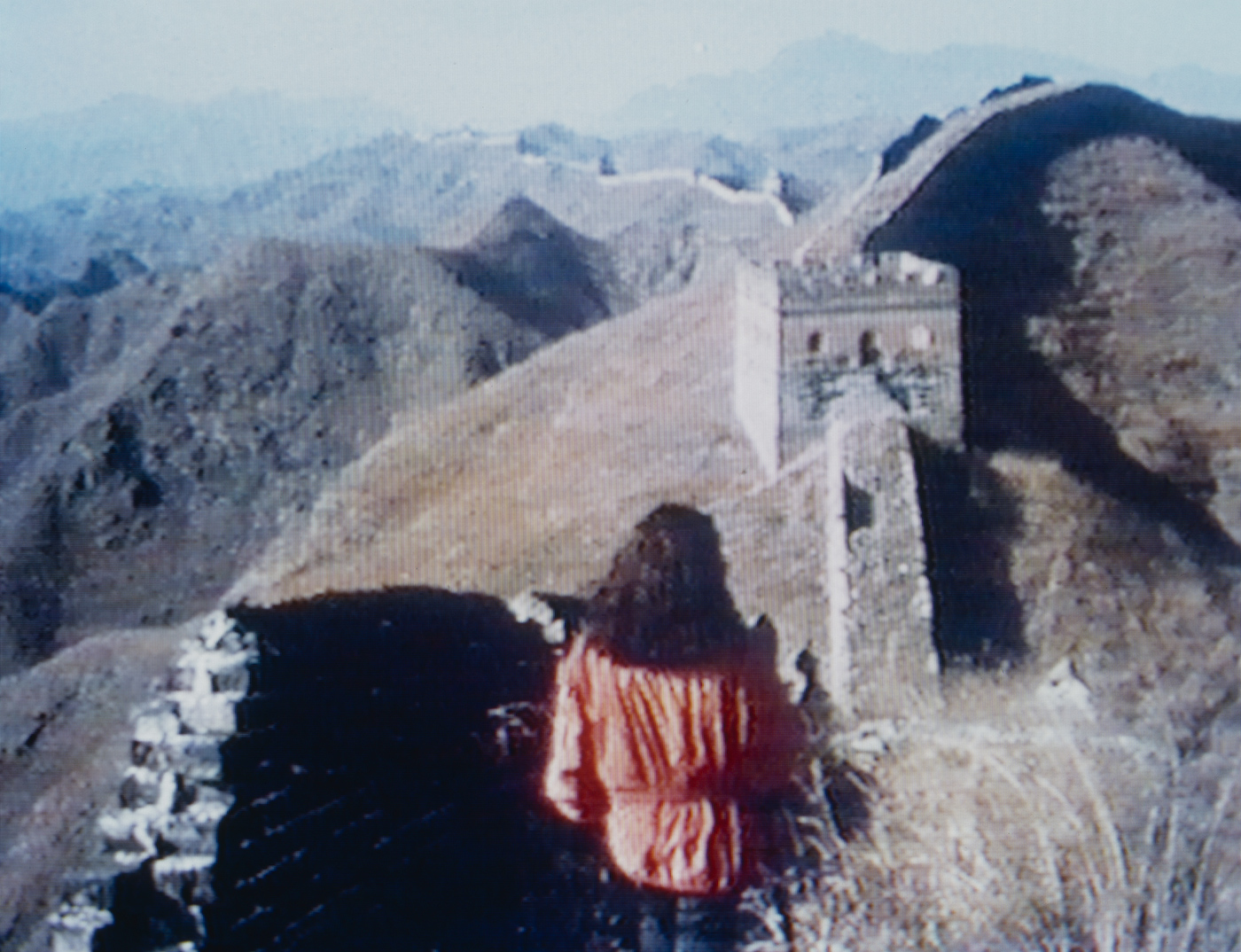
Marina Abramović / Ulay
〈The Lovers, The Great Wall Walk〉, 1988/2010.
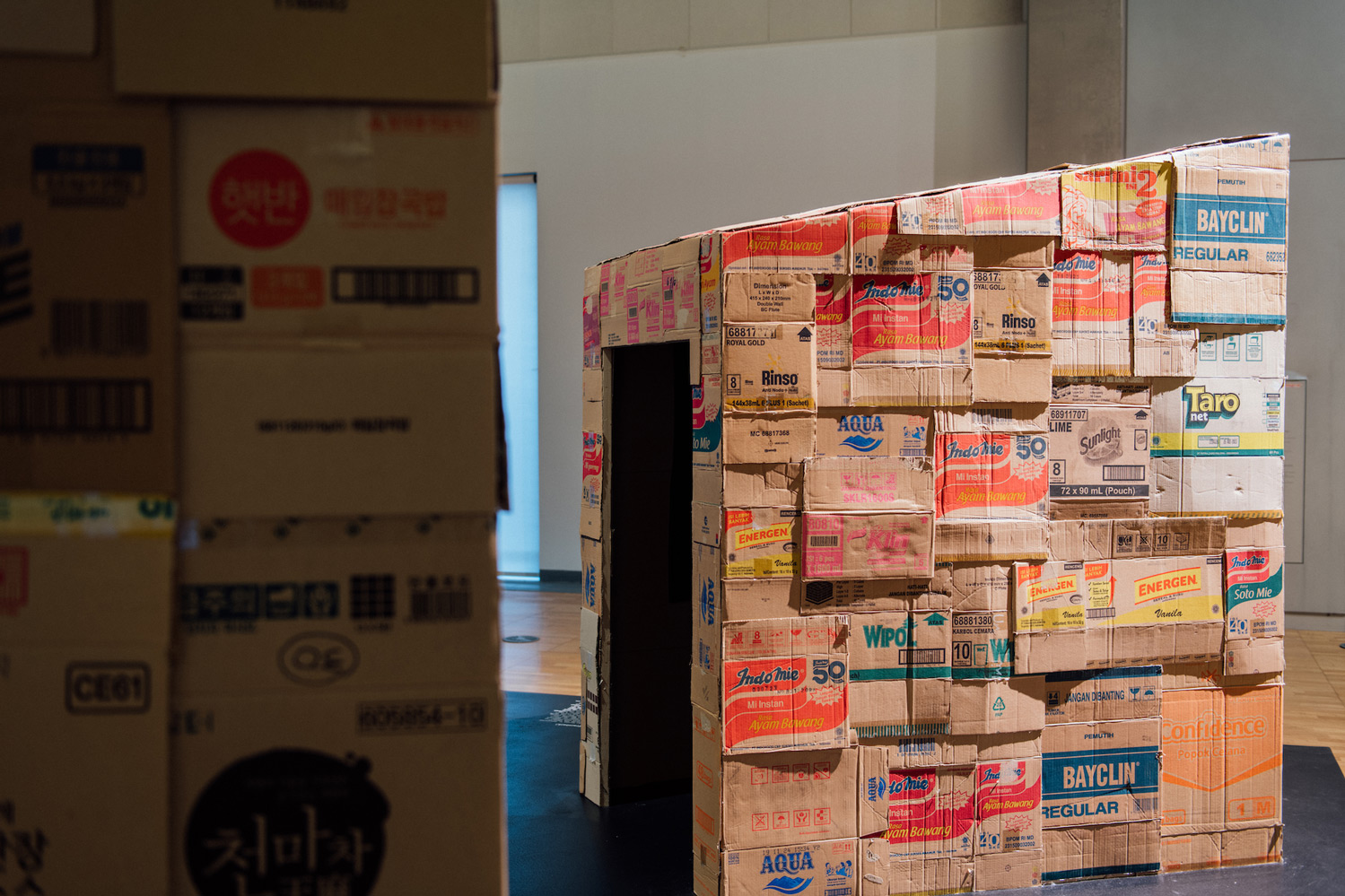
Mira Rizki Kurnia
〈Napak Tilas (Traceback)〉, 2023.
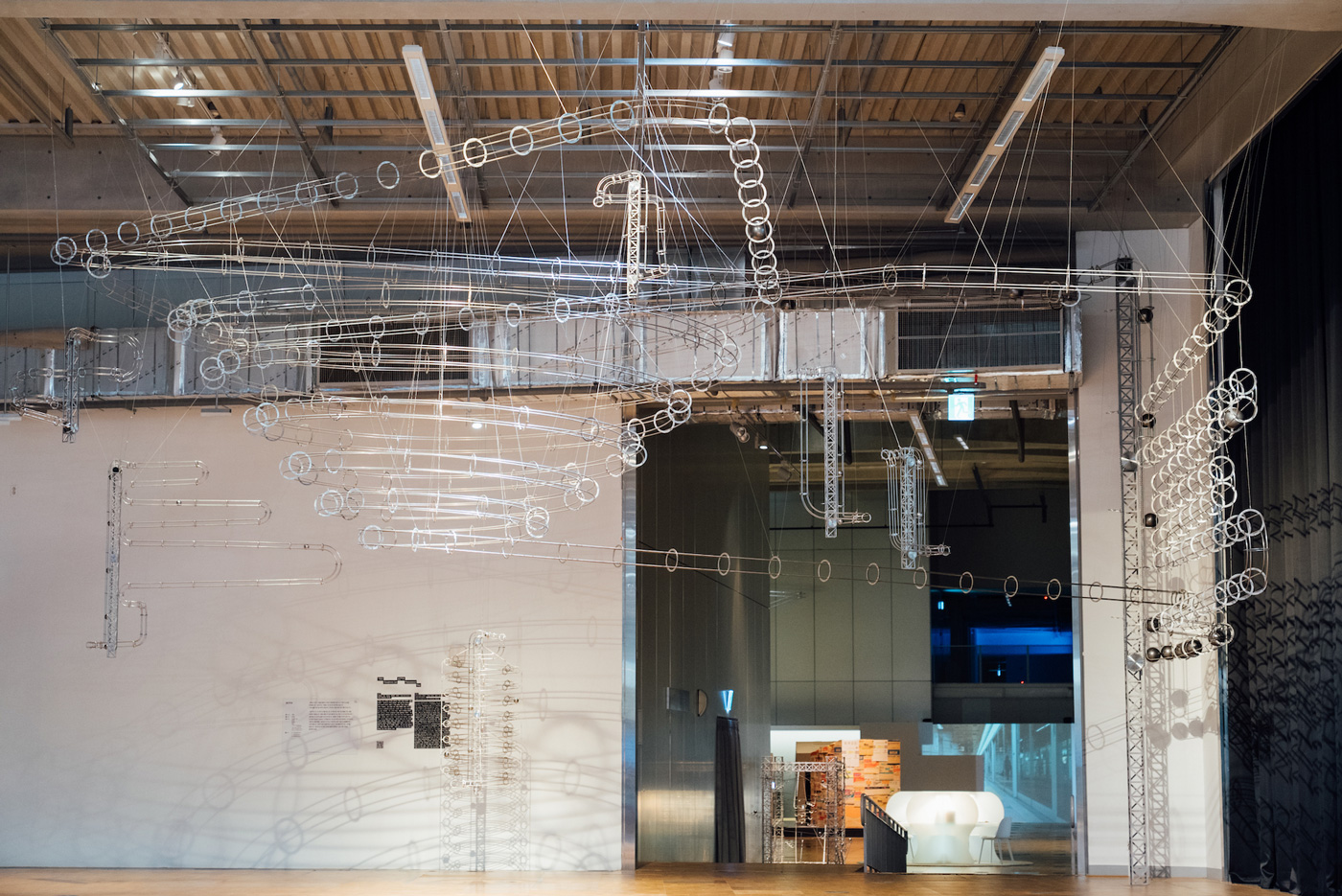
Changwoon Lee
〈Phenomenon Map〉, 2023.
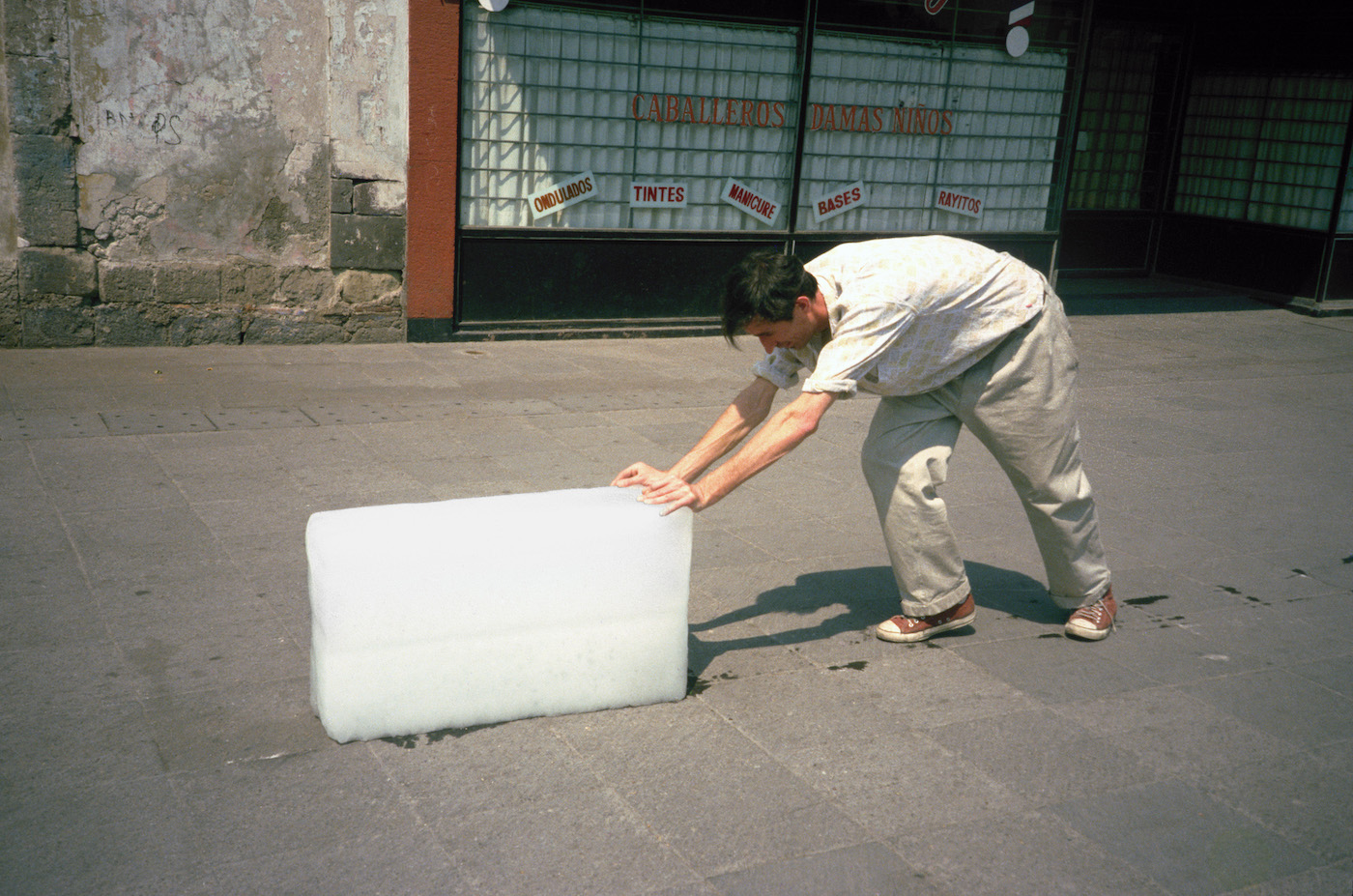
Francis Alÿs
〈Paradox of Praxis 1 (Sometimes Making Something Leads to Nothing)〉, 1997.
〈Paradox of Praxis 5: Sometimes we dream as we live & sometimes we live as we dream 〉, 2013 .
〈Border Barriers Typology: Cases #1 to #23〉, 2019-2021.
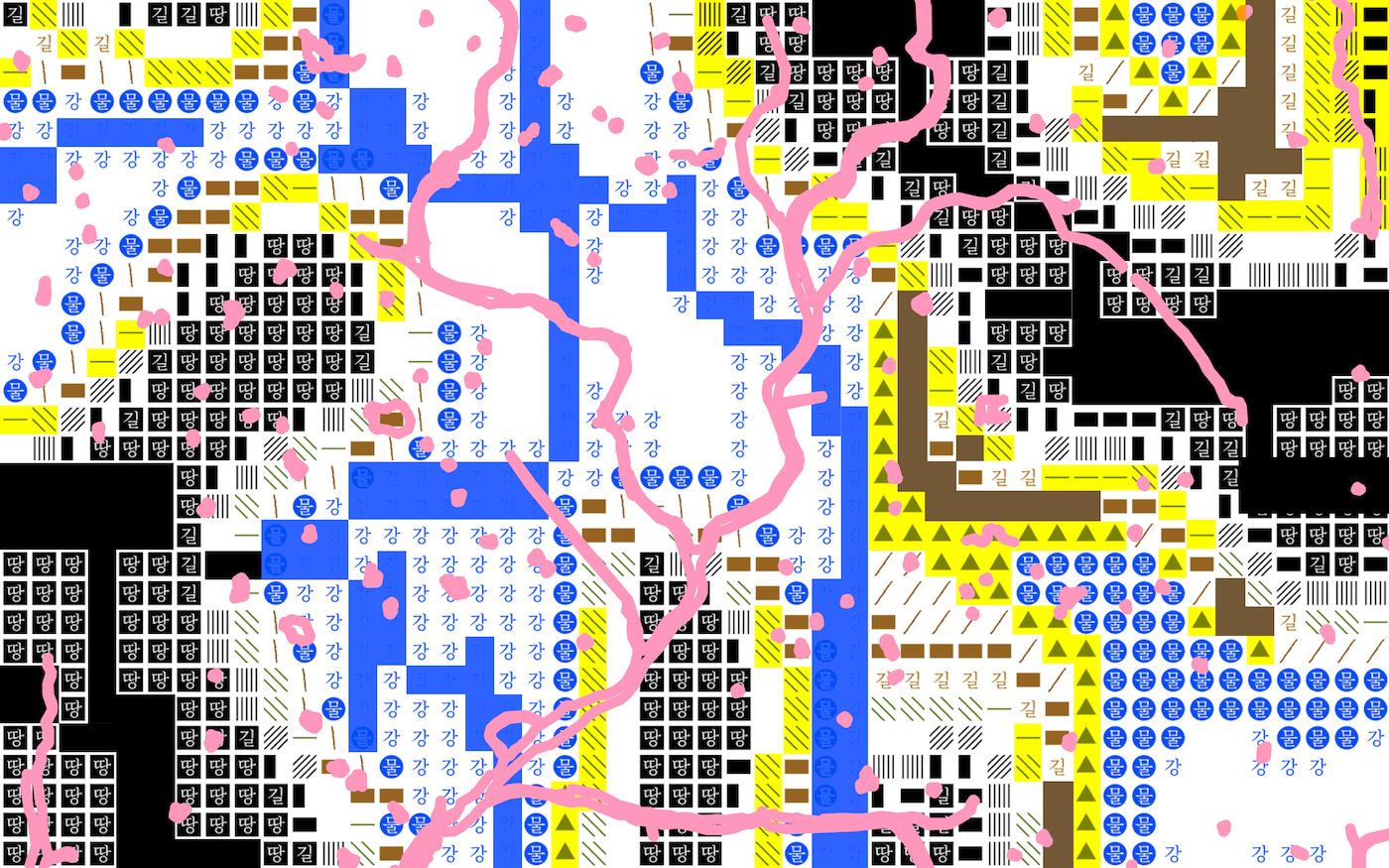
Goeun Park
〈A Map of Written Sound 〉, 2023.

After New Order
〈After City〉, 2023.
〈Browsing〉, 2023.
